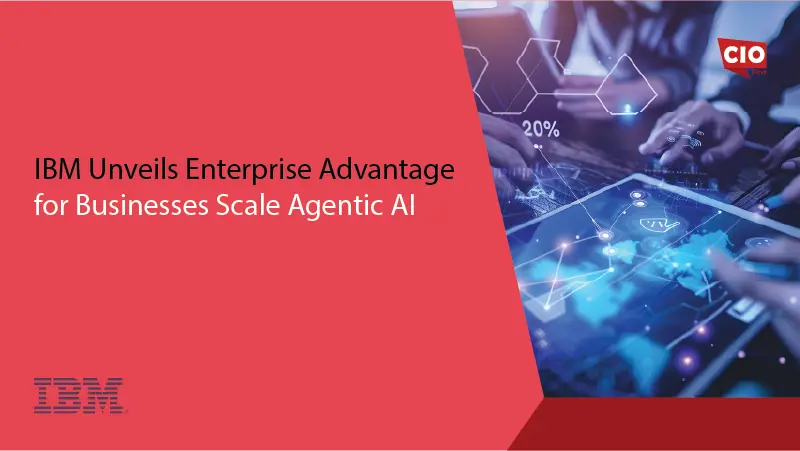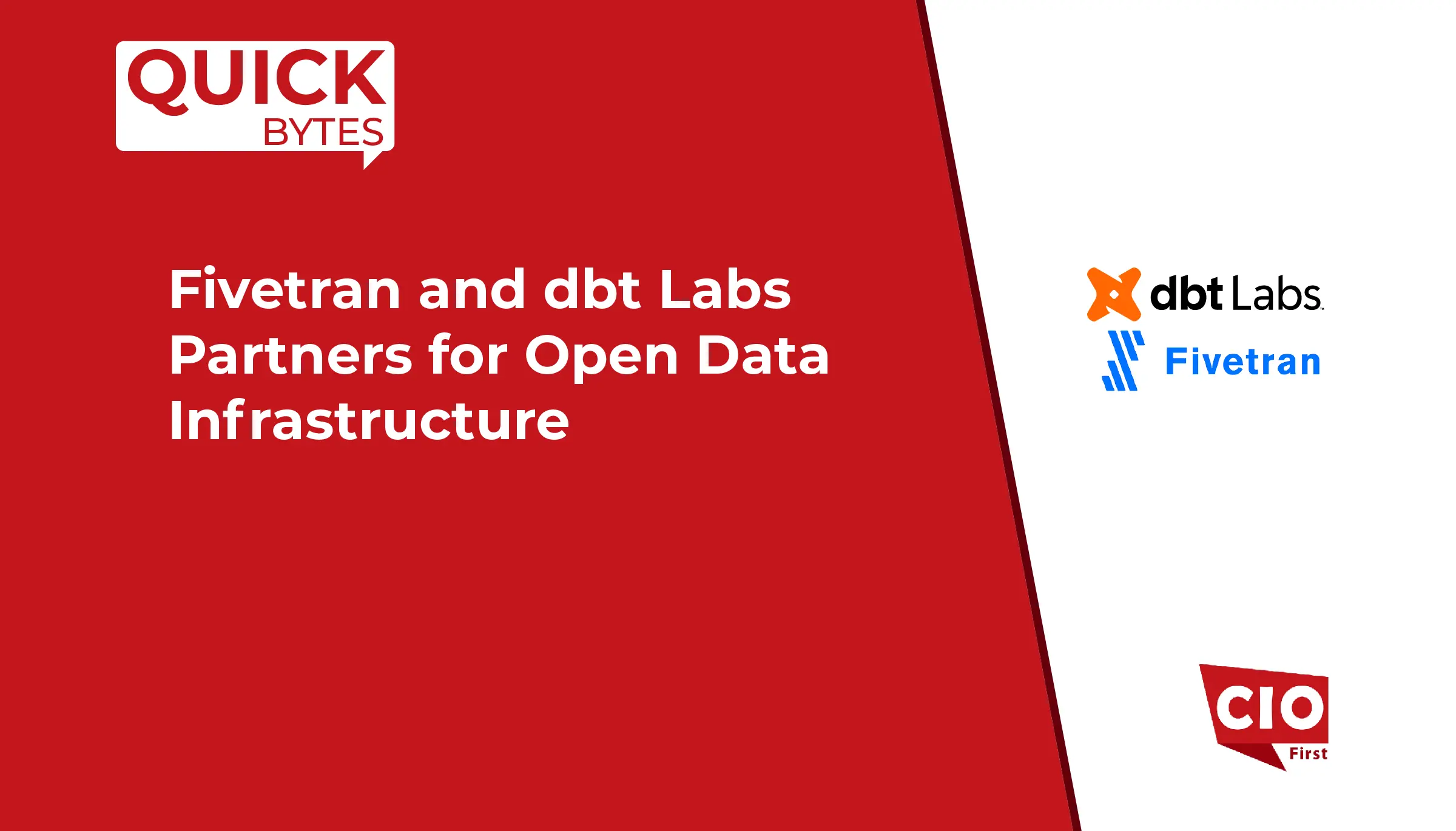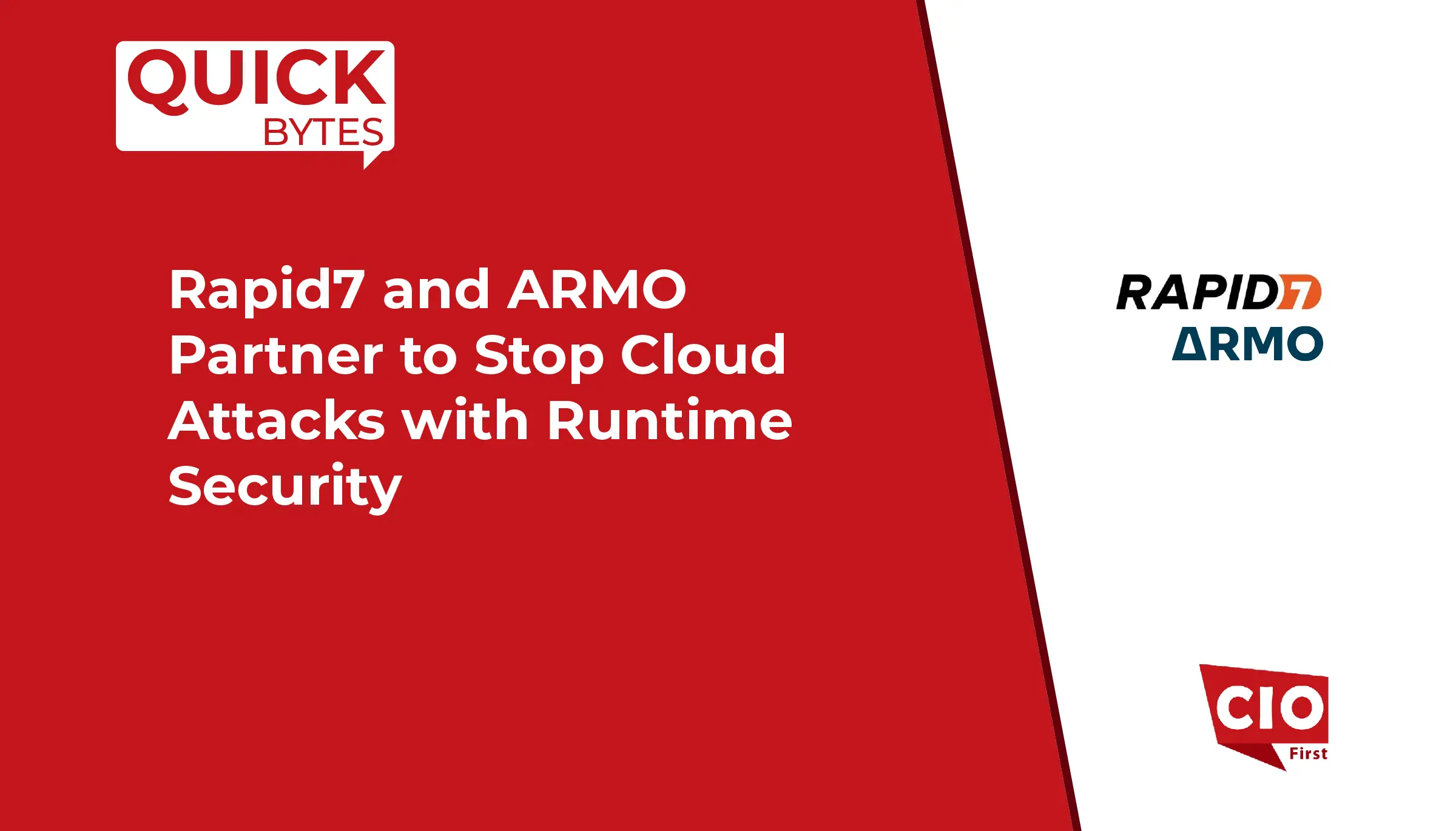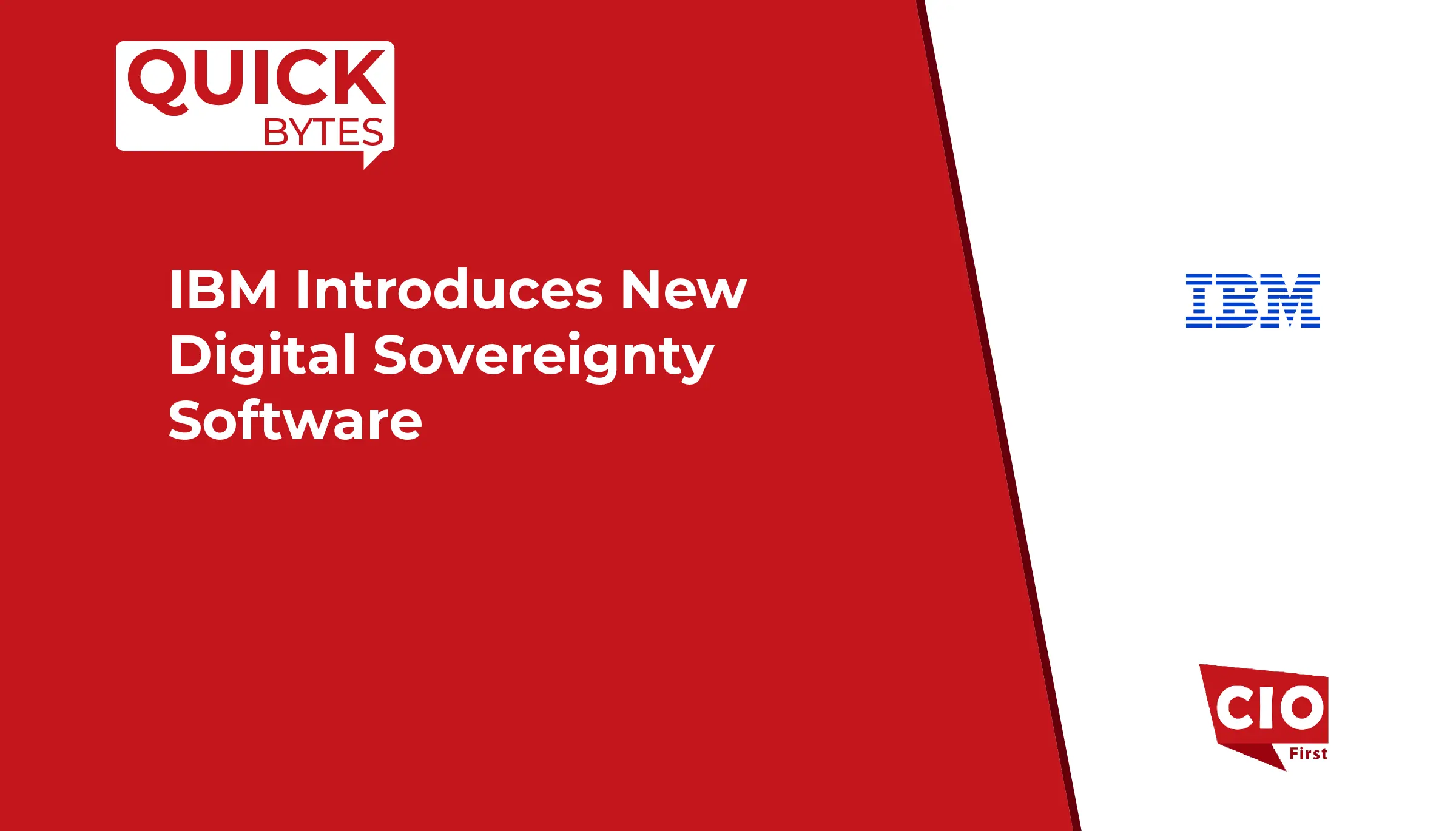With data being the incredibly valuable commodity that it is today, and considering the rate at which it is expanding, fragmentation has created an ideal ground for ransomware perpetrators.
The ubiquity of ransomware attacks has become such a scary scenario for enterprises that the issue has escalated to a board-level one.
Every year, data rises exponentially, making it increasingly difficult to manage. There are numerous cloud alternatives available due to the fact that different vendors offer distinct clouds. There are both on-premises and edge infrastructure. The number one issue that occurs is that data becomes scattered everywhere.
Managing so many data fragments is becoming increasingly challenging, whether in the cloud, on-premises or at the edge.
Management, security, and analytics
Whether the security is an adjacency or subset of data management and backup/recovery has always been the subject of dispute. Security exists under the overall concept of data management.
A component of data management is security. Organizations may begin by backing up data, but then they protect it and use it for further purposes. If teams are simply responsible for security, they only protect the data. Organizations must do more with data. Therefore, data management has grown significantly.
Also Read: Top Four Attributes of Inspirational IT Leaders
The iceberg analogy is also ideal for distinguishing the scope of holistic data management from security and backup/recovery operations.
Some firms handle the administration, security, and analytics of data that comprise the visible portion of the iceberg. However, much of the information that is backed up to the archive is the unseen tip of the iceberg. Data management includes the management, protection, and analytics of secondary, backed-up, or cold data, representing a massive opportunity.
The Supercloud transition
Modern computing, whether referred to as hybrid multi-cloud, full-fledged data management, or Supercloud, must alter the enterprise computer status quo as its own concept. Consequently, Supercloud should ideally abstract this complexity when operating environments become increasingly complicated.
For data management, data migration, testing, and analytics at scale, organizations should prioritize offering a unified experience across various clouds.
Four Measures to Overcome Data Fragmentation
Cloud applications have benefited businesses worldwide, especially as remote work becomes more prevalent. As their popularity continues to drive adoption, IT teams must recover control over the large quantities of different data these applications generate. The manipulation of this data is not simple; however, the following four stages will help organizations get started:
Strengthen data governance policies
This should begin with identifying and categorizing the data organizations possess, paying particular attention to the sensitive data, such as internal revenue numbers and private client information. Understanding who owns the data and where it is held is equally essential. This guarantees that the policies cover an exhaustive data inventory and that nothing falls through the gaps. Also, keep in mind that simply creating a policy is insufficient; it must also be enforced.
Establish an atmosphere where data security and integrity are of the utmost importance
What employees say and do while using workplace apps is corporate knowledge, yet some of the most effective collaboration tools are so consumer-like and user-friendly that it is easy to forget that we are speaking in a professional setting. Continually educate staff on the proper use of communication and collaboration tools in the workplace, providing clear direction on issues such as recording dos and don’ts and where sensitive data should be saved or shared.
Embrace automation
Manually preserving or combing through unstructured data raises the risk of human mistakes and wastes important team time searching, analyzing, and comprehending all the information that exists throughout their apps. Examine the importance of Machine Learning in recognizing file attributes and automating data classification, retention, and archiving.
Connect information islands so that all data is discoverable
To break down data silos, an IT environment requires a system that can construct a connecting layer between the various data sources. By consolidating information from several applications into a centralized repository, staff can search across multiple data sources simultaneously instead of doing time-consuming searches within individual programs.
Not all firms have accepted the realities of the new digital society, and many still attempt to lure workers back to the office full time. With each new cloud-based application that enters the workplace, total data quantities and the difficulty of locating needed information will continue to increase. With this, the threat to business knowledge and insights increases. The answer is to see this threat as an opportunity to exploit the data fragmentation that resulted from the pandemic to effect genuine change.



























